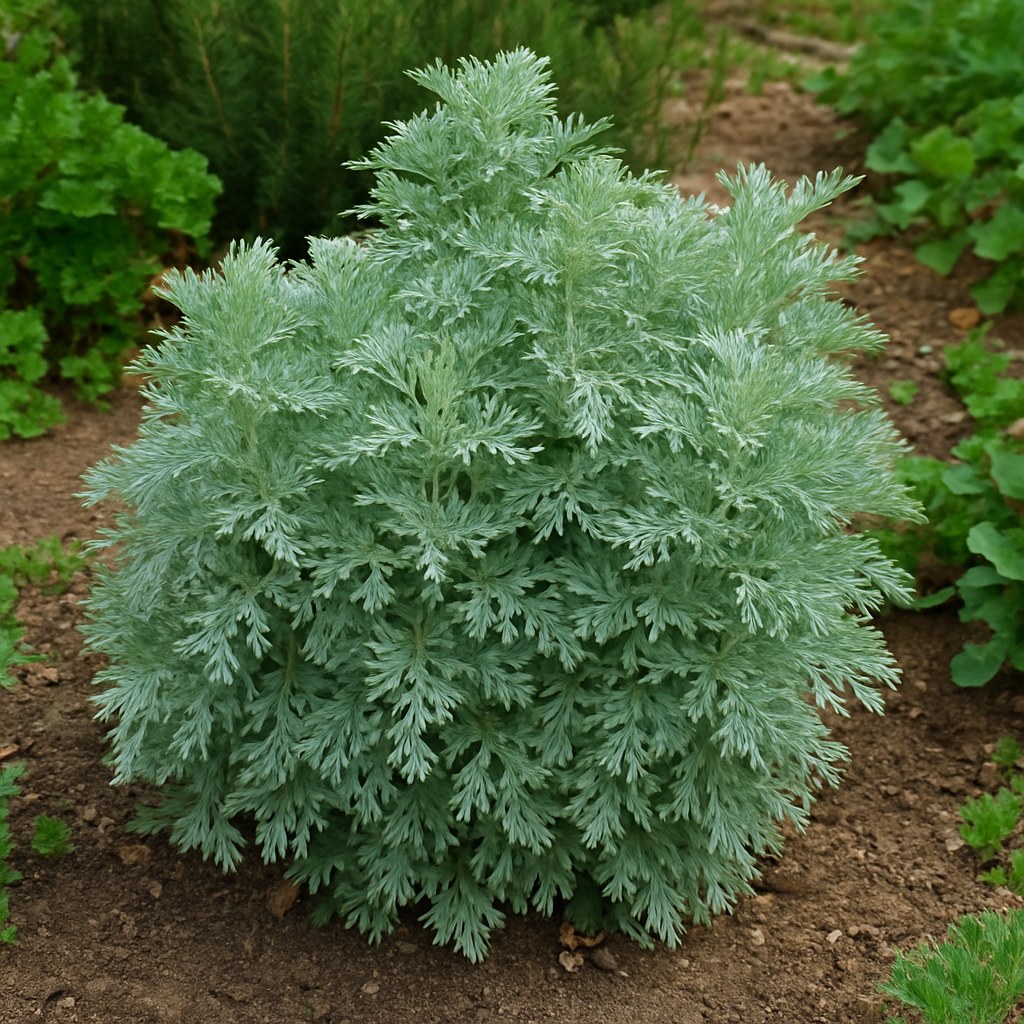Frutto d'Oliva: Coltivare il Tesoro Mediterraneo Senza Tempo
Informazioni sul Frutto dell'Olivo
Frutto dell'Olivo (Olea europaea) è una pianta mediterranea da coltura apprezzata in tutto il mondo per il suo valore nutrizionale, usi culinari e significato storico. Conosciuto per i suoi deliziosi frutti e olio d'oliva premium, l'olivo è un simbolo di longevità, pace e abbondanza. Che venga coltivato per consumo fresco, produzione di olio o scopi ornamentali, le olive sono un'aggiunta versatile e gratificante a qualsiasi giardino o azienda agricola.
Su Organicindiaseeds.com forniamo semi di oliva premium, permettendo ai giardinieri di coltivare ulivi sani e produttivi in modo biologico.

Perché Coltivare il Frutto dell'Olivo?
-
Benefici Nutrizionali: Ricco di grassi sani, antiossidanti e vitamine.
-
Usi culinari: Ideale per consumo fresco, sottaceti e estrazione dell'olio.
-
Alberi longevi: Gli ulivi possono vivere per centinaia di anni, producendo frutti per decenni.
-
Resistente alla siccità: Predilige climi aridi e semi-aridi, rendendolo adatto al giardinaggio a basso consumo d'acqua.
-
Aspetto ornamentale: Fornisce foglie argentate e fiori profumati, aggiungendo eleganza ai giardini.
Quando piantare il frutto di oliva
-
Periodo migliore per la piantagione: Primavera o inizio estate, dopo che il rischio di gelate è passato.
-
Germinazione dei semi: I semi di oliva richiedono tipicamente 2–4 settimane di ammollo e condizioni calde e umide per germogliare.
-
Temperatura: Predilige climi temperati e subtropicali, idealmente tra 60°F–85°F (15°C–29°C).
Dove coltivare il frutto di oliva
-
Luce solare: Richiede pieno sole con almeno 6–8 ore di luce solare diretta al giorno.
-
Terreno: Terreno ben drenante, preferibilmente limoso o sabbioso, con pH 6.0–8.0.
-
Spazio: Piantare gli alberi a 15–20 piedi di distanza per permettere l'espansione della chioma e il flusso d'aria.
-
Contenitori: Gli alberi giovani possono essere avviati in vasi grandi e trapiantati all'aperto una volta radicati.
Come Coltivare il Frutto dell'Ulivo

-
Preparazione dei Semi: Immergi i semi in acqua tiepida per 24–48 ore per ammorbidire il guscio duro e migliorare la germinazione.
-
Semina: Pianta i semi a una profondità di ½–1 pollice in vassoi per semi o in terreno ben drenante.
-
Annaffiatura: Mantieni il terreno uniformemente umido durante la germinazione; una volta stabiliti, gli ulivi sono resistenti alla siccità.
-
Trapianto: Sposta le piantine all'aperto dopo che hanno raggiunto un'altezza di 6–12 pollici e il rischio di gelo è passato.
-
Concimazione: Applica compost organico o fertilizzante bilanciato periodicamente per favorire una crescita sana e la fruttificazione.
Come Prendersi Cura del Frutto dell'Ulivo
-
Potatura: Taglia i rami per mantenere la forma dell'albero e migliorare la circolazione dell'aria.
-
Gestione dei Parassiti: Attenzione a mosche della frutta dell'olivo e cocciniglie; trattare organicamente se necessario.
-
Pacciamatura: Mantiene l'umidità del terreno e previene la crescita delle erbacce intorno alla base dell'albero.
-
Consigli per l'irrigazione: Gli alberi giovani necessitano di annaffiature regolari, ma gli alberi maturi prosperano con irrigazione minima.
Piante Compagne per il Frutto dell'Ulivo

-
Lavanda: Attira impollinatori e aggiunge un contrasto profumato.
-
Rosmarino: Migliora l'estetica del giardino e tollera condizioni del terreno simili.
-
Timo e Salvia: Erbe a crescita bassa che prosperano sotto gli ulivi, sopprimono le erbacce e attirano insetti benefici.
Suggerimento per la posizione dell'immagine: Includere una foto di ulivi con piante compagne come lavanda e rosmarino per illustrare un giardino in stile mediterraneo.
Raccolta dei Frutti di Olivo
-
Tempo per fruttificare: Gli ulivi possono impiegare 3–5 anni dal seme per produrre frutti.
-
Metodo di raccolta: Raccogliere le olive quando sono mature (dal verde al nero a seconda della varietà), a mano o con pettini.
-
Usi: Consumo fresco, salamoia, sottaceto o spremitura per ottenere olio d'oliva.
-
Conservazione: Conservare le olive raccolte in un luogo fresco e asciutto o trasformarle in olio per una durata maggiore.
Considerazioni finali sui Frutti di Olivo
Coltivare Frutti di Olivo (Olea europaea) permette ai giardinieri di godere di un classico intramontabile mediterraneo nel proprio giardino. Con i suoi benefici nutrizionali, la versatilità culinaria e l'appeal ornamentale, l'olivo è un'aggiunta gratificante a qualsiasi giardino. Inizia a coltivare i tuoi Frutti di Olivo con semi premium da Organicindiaseeds.com e vivi il gusto, la bellezza e l'eredità delle olive a casa.



Commenta
Questo sito è protetto da hCaptcha e applica le Norme sulla privacy e i Termini di servizio di hCaptcha.